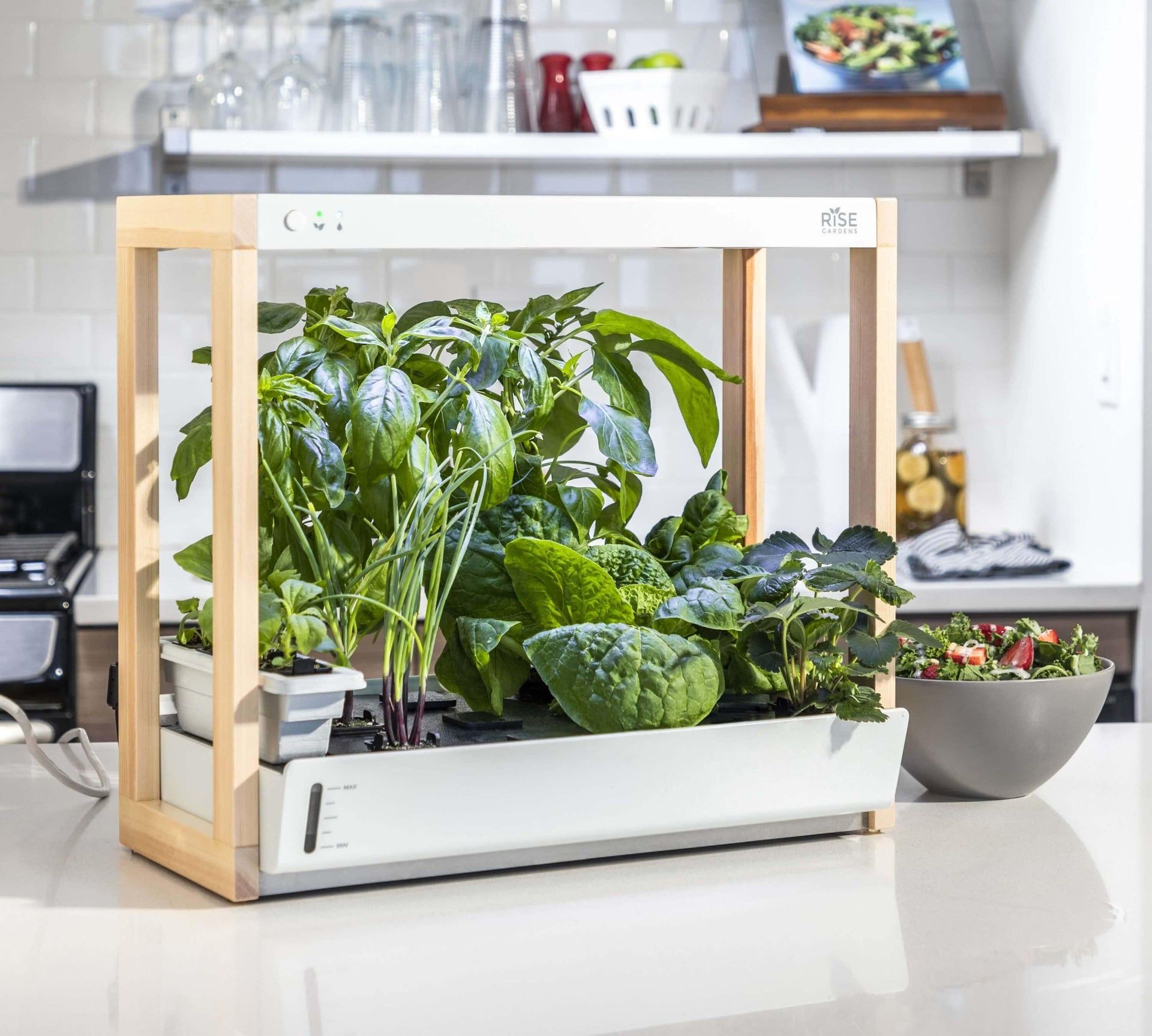
Hydroponics, a gardening method that soars above the soil, offers a refreshing perspective on plant cultivation. Imagine a world where roots dance in nutrient-rich water, free from the constraints of earthly soil. This is the magic of hydroponics, a technique that has captivated gardeners and scientists alike.
The Science Behind the Scene
At the heart of hydroponics lies a simple yet profound principle: plants absorb essential nutrients through their roots. In traditional soil-based gardening, these nutrients are derived from the soil. However, in hydroponics, the roots are suspended in a nutrient-rich water solution. This solution, carefully formulated to meet the specific needs of different plant species, provides the perfect environment for optimal growth.
The Advantages of Hydroponics
Space-Saving Solutions: Hydroponic systems can be tailored to fit any space, from compact apartment balconies to sprawling indoor gardens. Vertical farming techniques, in particular, maximize space utilization, allowing you to grow a variety of plants in a relatively small area.
Types of Hydroponic Systems
There are several popular types of hydroponic systems, each with its own unique advantages:
Deep Water Culture (DWC): In DWC systems, plant roots are submerged in a nutrient-rich water solution. Oxygen is provided to the roots through an air pump and airstones.
Getting Started with Hydroponics
If you’re new to hydroponics, starting with a simple system like a DWC or wick system can be a great way to get your feet wet. As you gain experience, you can explore more advanced techniques like NFT and aeroponics.
Essential Tips for Hydroponic Success
Choose the Right Plants: Not all plants are suitable for hydroponics. Research which plants thrive in hydroponic systems and select varieties that are well-suited to your climate and growing conditions.
Hydroponics offers a fascinating and rewarding way to cultivate plants. By understanding the principles of hydroponics and following best practices, you can create a thriving indoor garden that produces fresh, healthy food year-round.
Hydrokultur – das klingt vielleicht nach Raketenwissenschaft, ist aber in Wirklichkeit eine erstaunlich einfache und effektive Methode, um Ihre Pflanzen zu kultivieren. Dabei geht es darum, Pflanzen ohne Erde in einer Nährstofflösung zu züchten. Klingt ungewöhnlich, oder? Doch dieses System bietet eine Vielzahl von Vorteilen, die Ihre grünen Mitbewohner zum Strahlen bringen werden.
Warum Hydrokultur?
Saubere Angelegenheit: Keine Erde bedeutet weniger Schmutz und weniger Schädlinge.
Wie funktioniert Hydrokultur?
Die Grundprinzipien der Hydrokultur sind recht einfach. Die Pflanzenwurzeln werden in einem inerten Medium wie Blähton oder Perlit gehalten. Dieses Medium dient als Stütze und hilft, die Wurzeln mit Sauerstoff zu versorgen. Die Nährstofflösung wird dann regelmäßig zu den Wurzeln gepumpt.
Es gibt verschiedene Hydroponik-Systeme, von einfachen Passivsystemen bis hin zu komplexen, computergesteuerten Systemen. Die Wahl des richtigen Systems hängt von Ihren Bedürfnissen und Ihrem Erfahrungsniveau ab.
Welche Pflanzen eignen sich für die Hydrokultur?
Die meisten Pflanzenarten können in Hydrokultur gezüchtet werden. Einige der beliebtesten Optionen sind:
Kräuter: Basilikum, Petersilie, Minze und Schnittlauch gedeihen hervorragend in Hydrokultur.
Tipps für erfolgreiche Hydrokultur
Wählen Sie das richtige Medium: Blähton und Perlit sind beliebte Optionen, aber auch Kokosfasern und Steinwolle können verwendet werden.
Hydrokultur ist eine faszinierende und lohnende Methode, um Ihre eigenen Pflanzen anzubauen. Mit ein wenig Planung und Sorgfalt können Sie gesunde, kräftige Pflanzen züchten, unabhängig von Ihren räumlichen Einschränkungen. Also, wagen Sie den Sprung ins Wasser und entdecken Sie die Wunder der Hydrokultur!






